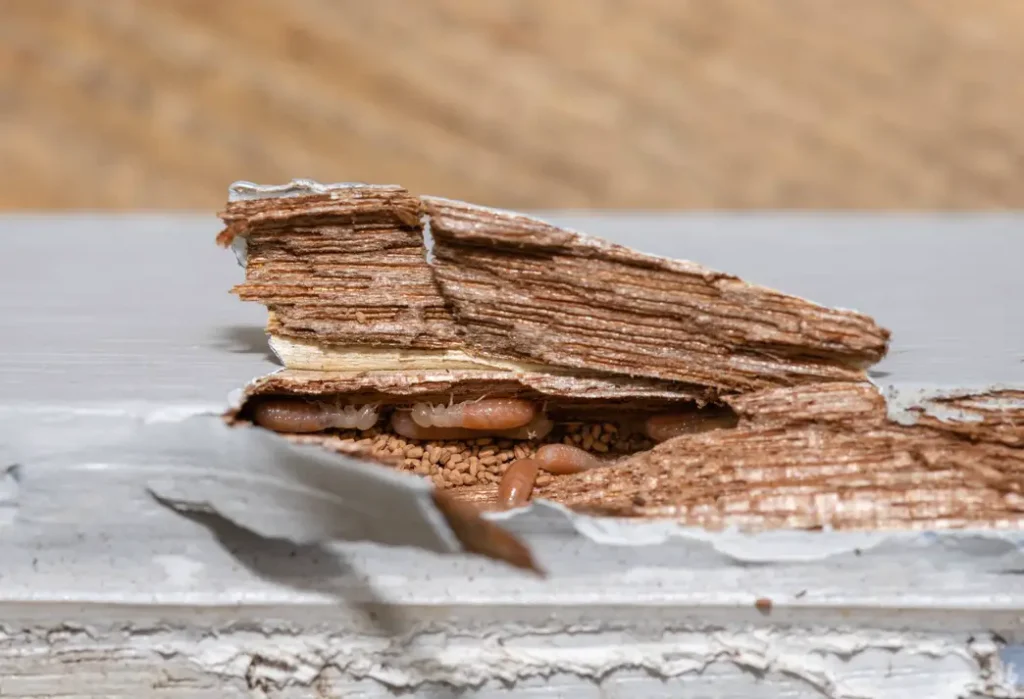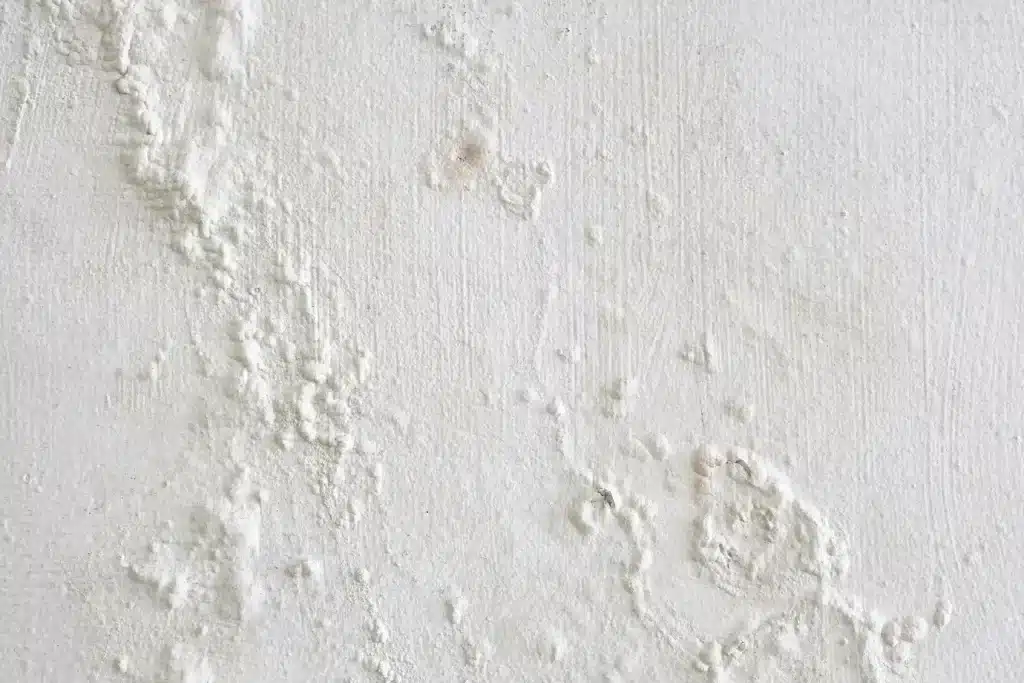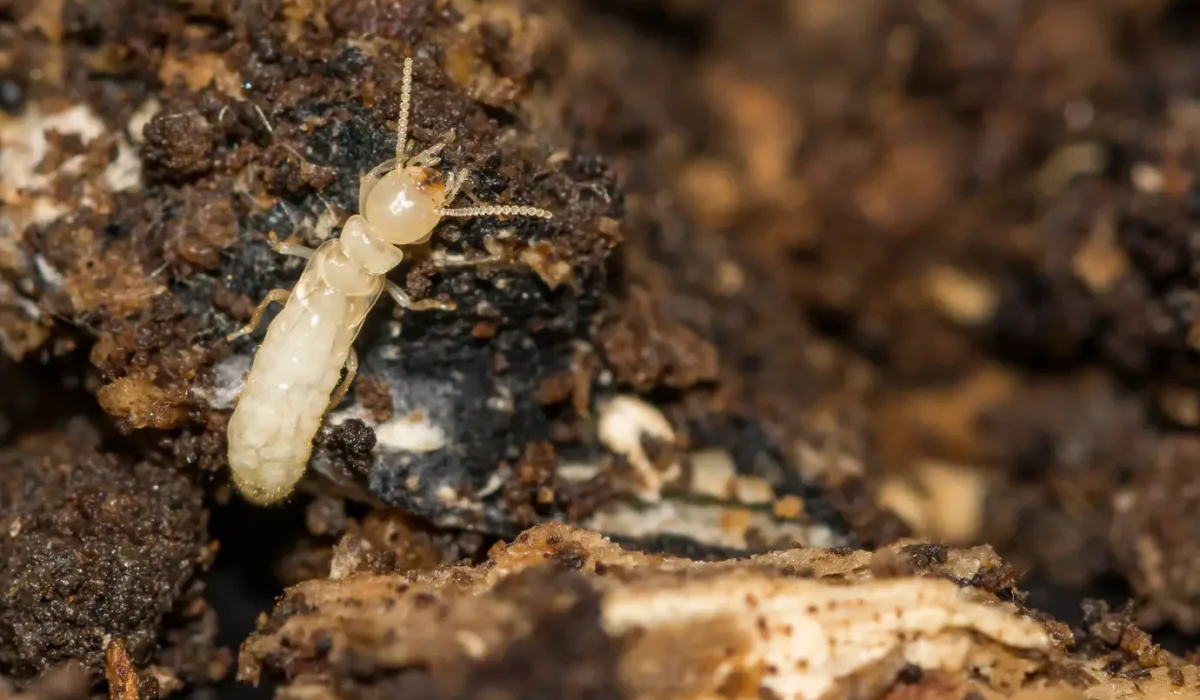Termites are often called the “silent destroyers” because they may be secretly thriving in your home or yard without any immediate signs of damage. Though small, their cumulative effects can be colossal. They cause a lot of damage each year so it is important to keep an eye out to see if they have made it to your home. We will learn about how you get termites, where they enter, the types of termites you will see in the home, and how to spot an infestation.
Let’s learn more!
Why Are Termites a Problem?
Termites are a problem because they cause billions of dollars in damage each year to structures, especially homes. They are detritivores, meaning they feed on dead plants and trees as well as dead parts of living trees, including wood and wood in the soil. This diet can lead to severe structural damage.
How Do You Get Termites?
Termites can enter through various areas such as cracks in the foundation, spaces around utility pipes and wires, and openings in concrete blocks. They also can come in by gaps around doors and windows. You also can get them in the home through:
- Wood-to-ground contact, such as a doorframe, deck posts, or porch steps
- Moisture accumulation near the foundation
- Mulch or woodpiles close to the house. However, not all mulch contributes to attracting termites, as some repels it.
- Certain landscaping designs that allow moisture retention against the house

Types of Termites You See in Homes
Here are some common types of termites found in homes:
- Subterranean Termites: These live in soil and are the most destructive. Look for their mud tubes on the foundation walls.
- Drywood Termites: Found within hardwood floors, walls, and furniture, drywood termites create clean galleries inside the wood.
- Dampwood Termites: They prefer wet wood and are typically larger than other termite species.
Different Types of Tubes That Termites Make
Termites make different types of mud tunnels, like:
Exploratory Tubes
Exploratory tubes are built by termites usually from the soil up the side of a structure as they search for a wood source.
Mud Tubes
Mud tubes are the hallmark signs of subterranean termites. These pencil-sized tunnels along surfaces maintain a moist environment for termites and protect them from predators.
Drop Tubes
Drop tubes extend from wooden structures back to the soil and are sometimes a sign of an established colony returning to the soil to gather more moisture.
What to Do If You Find Termites?
If you find termites:
- Do not panic: Termites work slowly, so your house will not collapse overnight.
- Avoid disturbing them: This can make it harder to eradicate them later.
- Remove food sources: If possible, remove the infested wood.
- Seek professional advice: A licensed exterminator can assess the situation and suggest treatment options.

Signs of Termite Infestation
It is important to know when you have a termite infestation. Some signs are small piles of sawdust or wings, particularly after swarm season. Also, hollow-sounding wood when tapped with a solid object. Additionally, uneven or bubbling paint and visible mud tubes on exterior walls.
How to Prevent Termite Infestations
To prevent termite infestations, you will need to seal gaps around doors and windows with weather stripping. Also, use termite-resistant building materials, and remove sources of standing water or moisture near the home. These are the exact things that attract termites.
Preventative Maintenance and Other Helpful Information
Now that you know how you can get termites on your property, let’s take a look at a few other areas of preventative maintenance.
One of those is mulch. Not all mulch attracts termites. Some mulch repels it such as Cypress Heartwood, Melaleuca Eucalyptus, Southern Tidewater Red Cypress, and California Redwood.
Another one is do termites bite. They can bite and leave a red bump but they are more interested in wood and other plant-based materials.
Lastly, if your AC unit is leaking water, this can cause issues. These pests are attracted to moisture so they may be more interested in your home, as well as cause structural damage, mold and mildew, and electrical hazards.
When to Call a Professional
Don’t take termite issues into your own hands, you will need to call a professional. This is especially important when you suspect an active infestation or extensive damage to wooden structures. Also, professional exterminators have the tools and expertise to deal with termite problems effectively.
Check out this video below about signs that you have termites in your home.
Conclusion
Termites might be little creatures, but their impact is huge. Being vigilant and proactive can help prevent serious damage to your home. Regular inspections, good home maintenance practices, and quick action at the first sign of termites will save you from bigger headaches in the future. Remember, when in doubt, always consult a professional for peace of mind and effective termite control. This is a great time to reach out to Edifice Inspections in Peachtree Corners, GA for a termite inspection.

